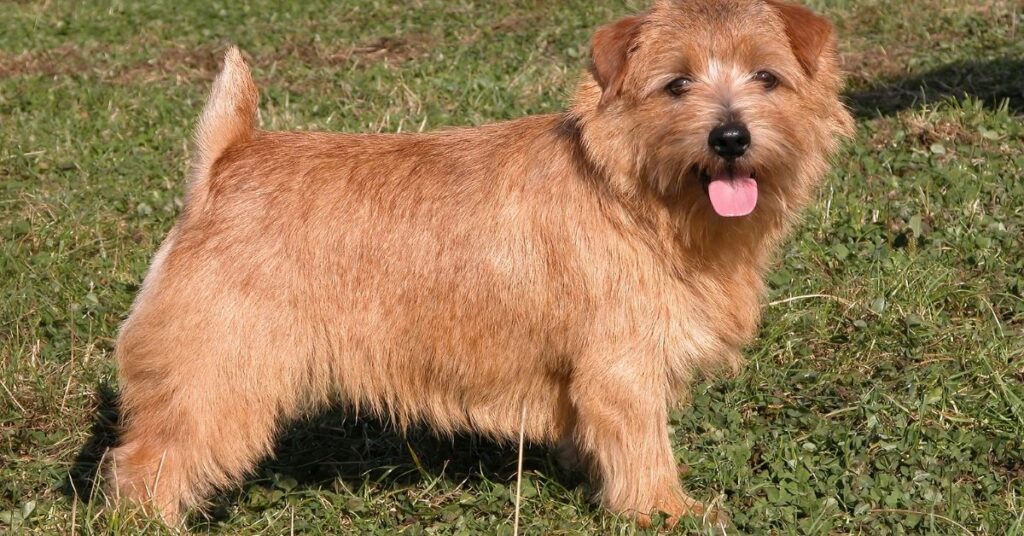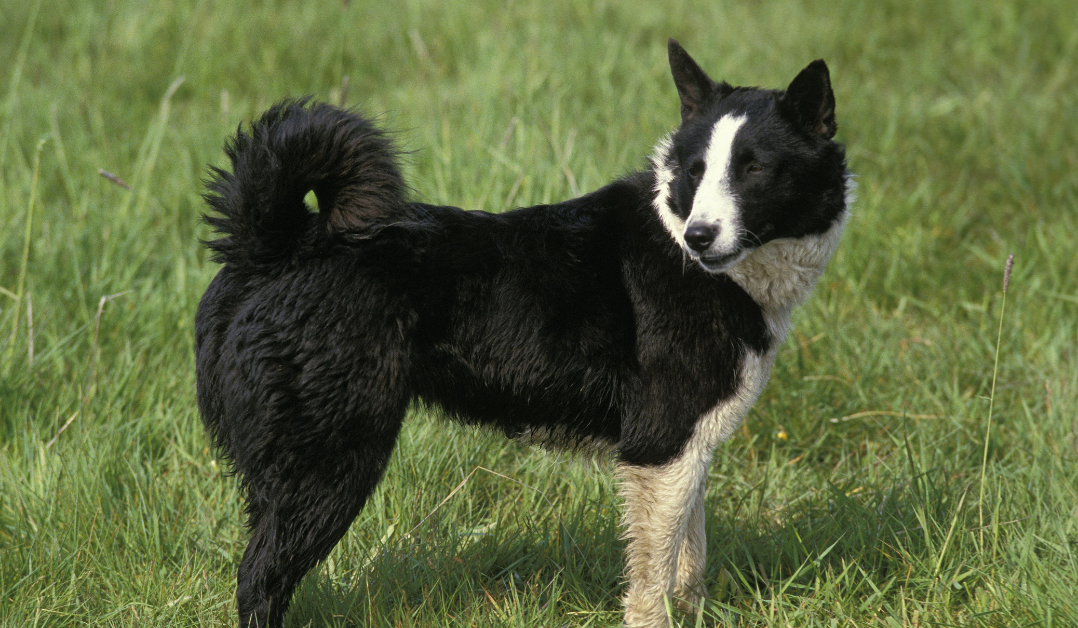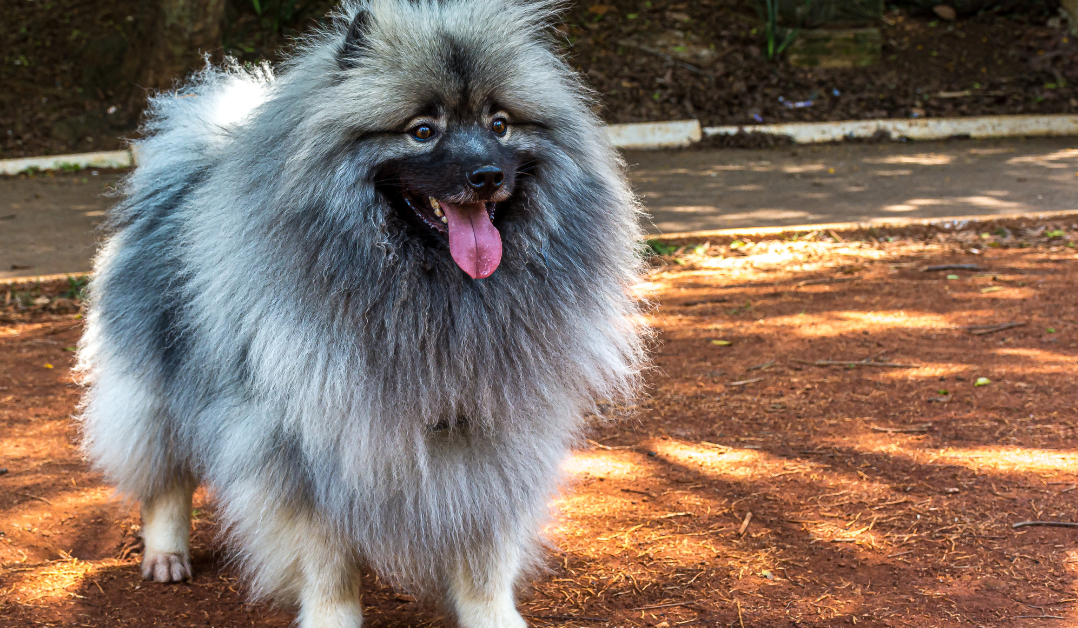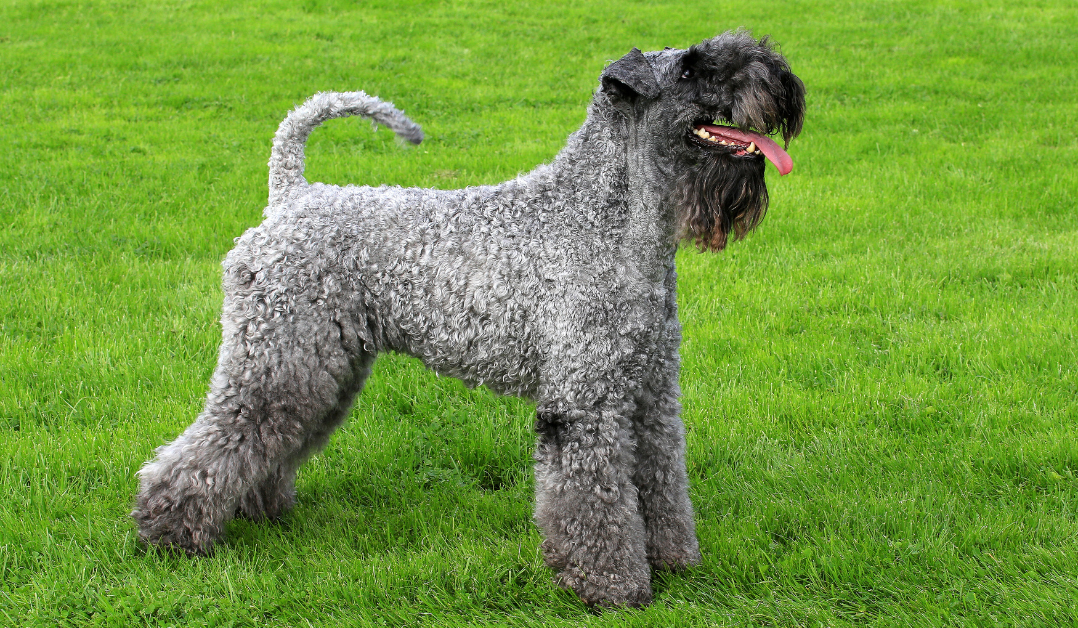The Saint Bernard is a large and gentle working breed known for its size, strength, and friendly nature. Originating in Switzerland, this breed is valued for its rescue work, loyalty, and calm demeanor.
*Disclaimer: This Post May Contain Affiliate Links. This Means That I Receive A Small Commission At No Extra Cost To You Should You Click Through And Make A Purchase. Learn More On My Policy Page
Breed Characteristics
Breed Category: Working Group
Size: Giant
Coat Length: Long or short
Shedding: Moderate to heavy
Hypoallergenic: No
Grooming Requirements: Moderate to high; regular brushing needed
Life Span: 8-10 years
Activity Level: Low to moderate
Temperament/Personality: Gentle, friendly, calm
Intelligence: Medium
Trainability: Moderate; responds well to consistent training
Space Requirement: Large; needs ample space
Compatibility with Children & Other Pets: Generally good, with proper socialization
Health Issues: Prone to hip dysplasia, bloat, certain heart conditions
Nutrition Needs: High-quality diet with balanced nutrients
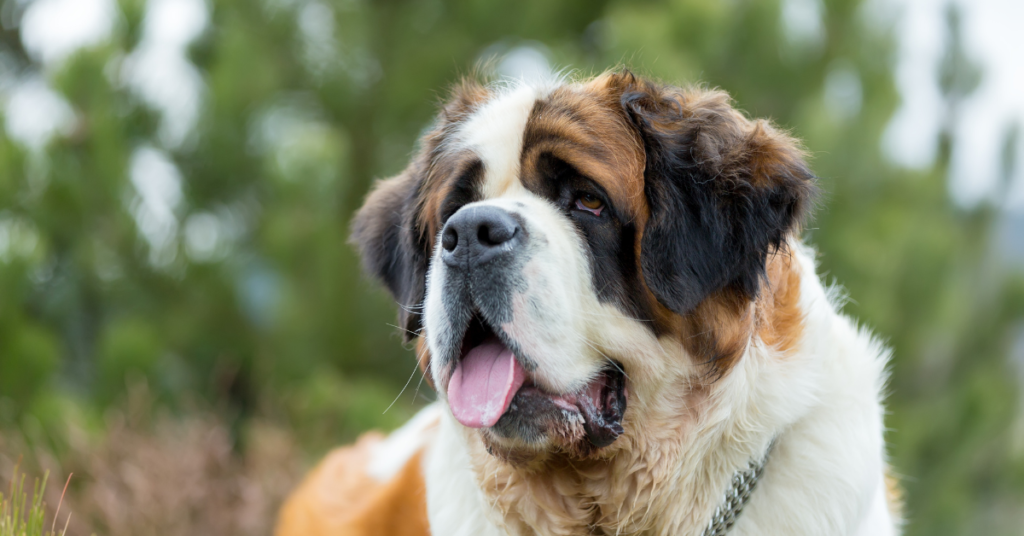
Origin and History
The Saint Bernard originated in Switzerland, where it was developed by monks at the Hospice of the Great Saint Bernard Pass. The breed was originally used for rescue work in the snowy Alpine regions, where it helped locate and save lost travelers. The Saint Bernard’s large size, strength, and excellent sense of smell made it well-suited for this work. The breed’s name is derived from the Saint Bernard Pass, where it was first employed. Today, the Saint Bernard is still appreciated for its rescue work but is also popular as a gentle and loyal family companion.
Appearance and Physical Characteristics
Saint Bernards are giant dogs, standing between 26 to 30 inches tall and weighing between 120 to 180 pounds. They are best known for their massive size, powerful build, and distinctive coat, which can be either long or short. The breed’s coat is typically white with reddish-brown markings. Saint Bernards have a broad head, strong jaws, and a friendly, gentle expression. Despite their size, they are known for their calm and affectionate nature.
Temperament and Personality
Saint Bernards are known for their gentle and friendly nature. They are highly loyal and affectionate with their families, making them excellent companions. The breed is also known for its calm demeanor and good-natured personality. Saint Bernards are generally good with children and other pets, making them excellent family dogs. They have a strong protective instinct and may be wary of strangers, making early socialization and training important.

Intelligence and Trainability
The Saint Bernard is a moderately intelligent breed that responds well to consistent, positive reinforcement training. They are quick learners but may be somewhat stubborn at times. Early training and socialization are important to ensure they develop good behavior and obedience. The breed’s calm and gentle nature makes them well-suited for various roles, including therapy work and family companionship.
Compatibility with Children and Other Pets
Saint Bernards are generally good with children and other pets, especially when properly socialized from a young age. Their gentle and friendly nature makes them excellent companions for families. The breed’s large size and calm demeanor mean they are generally patient and tolerant with children. Saint Bernards can coexist peacefully with other dogs and pets, but supervision is recommended, especially in homes with smaller animals.
Health and Nutrition
Saint Bernards are generally a healthy breed but can be prone to certain health issues, such as hip dysplasia, bloat, and certain heart conditions. Regular veterinary check-ups, a balanced diet, and proper exercise are essential for maintaining their health. A high-quality diet that supports their large size and moderate activity level is recommended. Owners should be mindful of portion sizes and feeding schedules to prevent obesity and associated health issues.
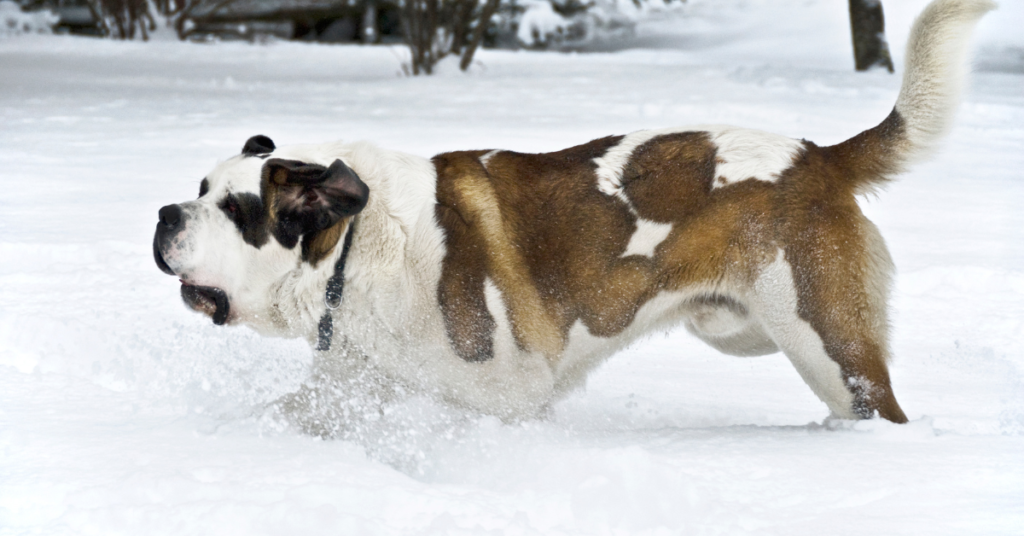
Exercise and Activity Level
Saint Bernards have moderate exercise needs and require regular activity to stay healthy and happy. They enjoy activities such as walking, hiking, and playing in the yard. The breed thrives in homes with ample space and enjoys being outdoors. Saint Bernards benefit from daily walks and opportunities to engage in gentle play. Due to their large size, they should avoid intense exercise, especially in hot weather, to prevent overheating.
Grooming Needs
The grooming needs of Saint Bernards can vary depending on the coat type. Long-coated Saint Bernards require regular brushing to prevent mats and tangles, while short-coated ones need less maintenance. Bathing should be done as needed, and routine grooming tasks such as dental care, ear cleaning, and nail trimming are important to prevent common health issues. The breed’s coat requires moderate to high maintenance compared to some other breeds.
Training and Socialization
Early training and socialization are crucial for Saint Bernards. Positive reinforcement techniques work best, as they are sensitive to harsh training methods. Socializing them with various people, environments, and other animals helps them develop into well-rounded and confident adults. The breed’s gentle and friendly nature means that consistent and patient training is necessary.
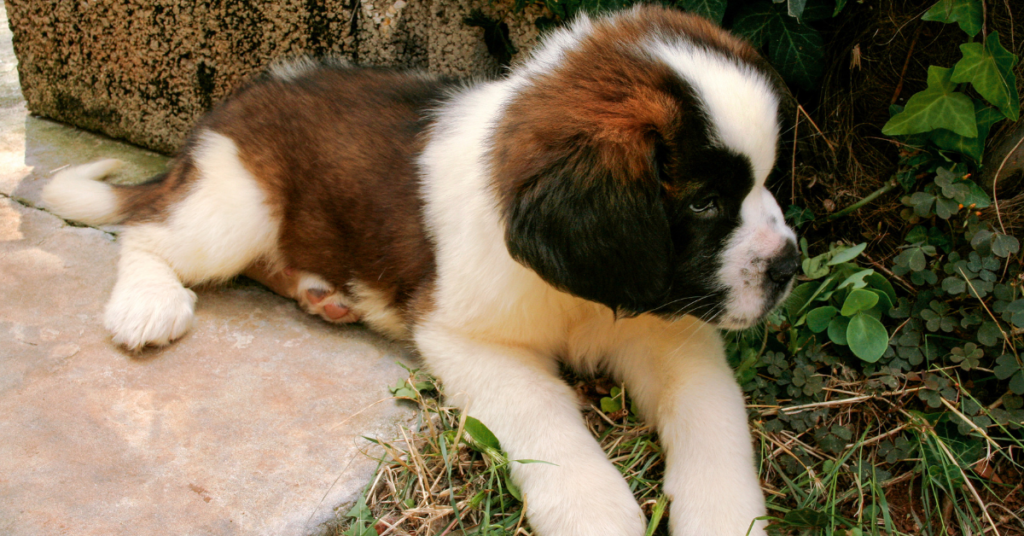
Famous Saint Bernards
The Saint Bernard has gained recognition in popular culture, including appearances in movies and TV shows. The breed’s distinctive appearance and gentle personality have earned it a reputation as a beloved and dependable companion.
Conclusion
The Saint Bernard is a giant, gentle, and friendly breed that makes an excellent companion for families. With proper training, socialization, and care, a Saint Bernard can be a devoted and affectionate member of the family.



